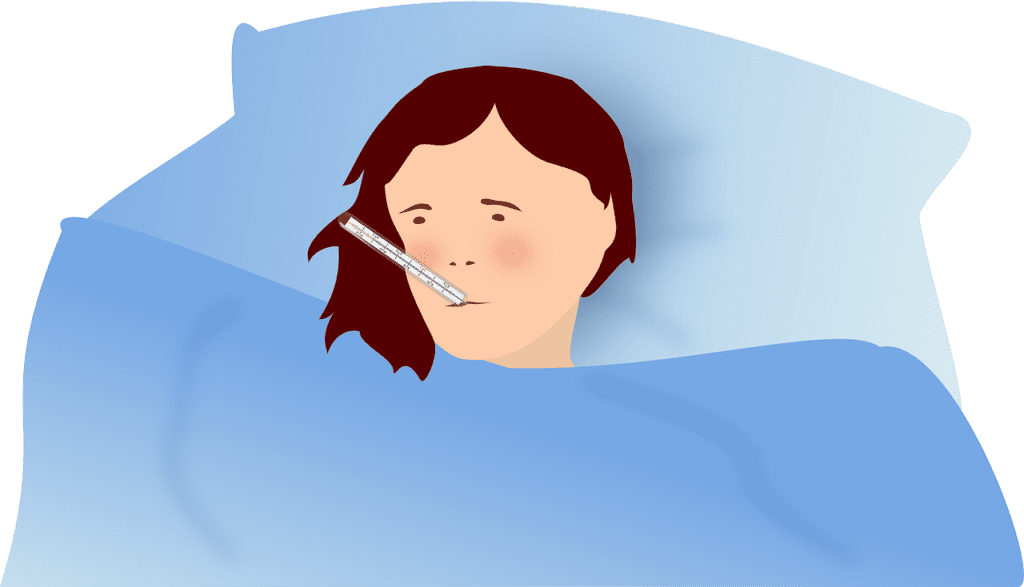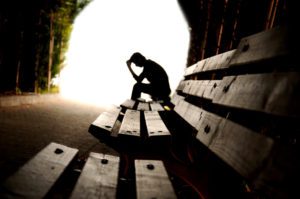Have you ever heard of cytokines? These signaling proteins play a role in inflammation in your body. Normally, cytokines help your immune system respond to foreign invaders. But when too many cytokines are present, it can cause excess inflammation – and you might not feel very well. Physical and emotional stress, low physical activity, poor sleep, and a diet heavy in processed sugars can all increase cytokine levels.
Cytokines are also the reason why people with bipolar disorder may feel physically rough when dealing with depressive episodes. Dr. Melvin C. McInnis, MD, FRCPsych shares that elevated cytokine levels can cause lethargy and make you feel like you’re getting sick. Just like the body fights infections through inflammation, it can respond to depression and psychological stress in the same way. Says Dr. McInnis, people with bipolar disorder may also face other increased inflammatory markers.
As inflammation rises, energy falls. People with bipolar disorder dealing with depression may feel like they have no energy, they’re not hungry, or their body aches. Dr. McInnis affirms that these are partially due to psychological features of depression. However, the physical cytokine changes also play more of a role than we think.
Dealing with bipolar depression can be challenging. Dr. McInnis recommends resting and getting sleep, partaking in regular exercise, and improving your diet. If you’re still struggling with symptoms, please speak with your physician, who can help find the right path forward.
About Bipolar Disorder
Formerly known as: Manic depression
Bipolar disorder is a mental health condition which can cause shifts in mood, behavior, and energy. According to the National Institute of Mental Health, there are three forms of bipolar disorder:
All three types involve clear changes in mood, energy, and activity levels [ranging] from periods of extremely “up,” elated, irritable, or energized behavior (known as manic episodes) to very “down,” sad, indifferent, or hopeless periods (known as depressive episodes). Less severe manic periods are known as hypomanic episodes.
The three forms are:
- Bipolar I: In this form, manic episodes usually last for seven days or require immediate medical attention. Depressive episodes also occur, usually lasting 2 weeks at a time. If you have 4+ episodes of mania and depression in one year, it’s known as rapid cycling bipolar disorder.
- Bipolar II: This form has a pattern of depressive and hypomanic episodes, which are less severe than those seen in bipolar I.
- Cyclothymia: Also called cyclothymic disorder, this form causes hypomanic and depressive symptoms. However, these symptoms are neither intense or long-lasting enough to be characterized as depressive or hypomanic episodes.
Symptoms of a manic episode may include feeling wired or jumpy, racing thoughts, not needing/wanting sleep, feeling extremely elated or irritable, feeling unusually talented or powerful, talking fast about many ideas, and craving spending, sexual activity, food, alcohol, or other “feel-good” activities.
Alternately, symptoms of a depressive episode may include difficulty concentrating, poor decision-making, depression, loss of pleasure, insomnia or sleeping too much, fatigue, lethargy, feelings of guilt or worthlessness, indecisiveness, and suicidal ideation.
With medication and therapy, bipolar disorder can be managed. If you need additional support and care, consider reaching out to a support group. You are not alone.







